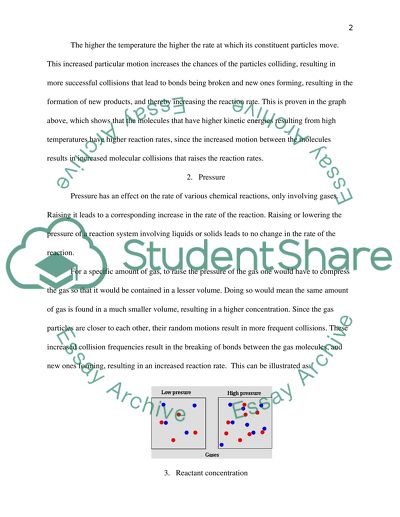Cite this document
(“Chemical KInetics Chemistry Assignment Example | Topics and Well Written Essays - 1500 words”, n.d.)
Chemical KInetics Chemistry Assignment Example | Topics and Well Written Essays - 1500 words. Retrieved from https://studentshare.org/chemistry/1640865-chemical-kinetics-chemistry
Chemical KInetics Chemistry Assignment Example | Topics and Well Written Essays - 1500 words. Retrieved from https://studentshare.org/chemistry/1640865-chemical-kinetics-chemistry
(Chemical KInetics Chemistry Assignment Example | Topics and Well Written Essays - 1500 Words)
Chemical KInetics Chemistry Assignment Example | Topics and Well Written Essays - 1500 Words. https://studentshare.org/chemistry/1640865-chemical-kinetics-chemistry.
Chemical KInetics Chemistry Assignment Example | Topics and Well Written Essays - 1500 Words. https://studentshare.org/chemistry/1640865-chemical-kinetics-chemistry.
“Chemical KInetics Chemistry Assignment Example | Topics and Well Written Essays - 1500 Words”, n.d. https://studentshare.org/chemistry/1640865-chemical-kinetics-chemistry.


